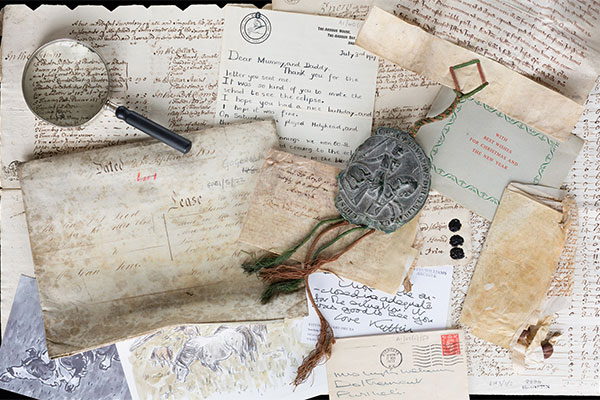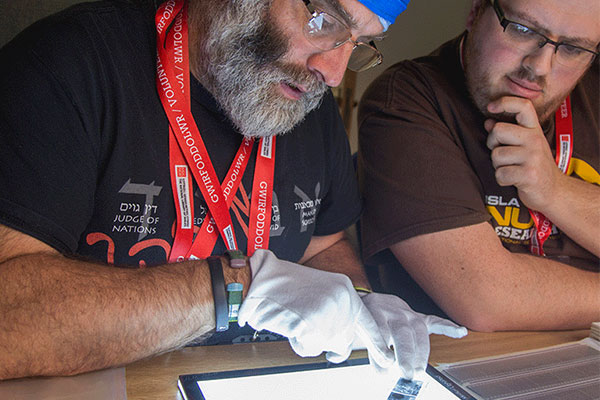P B Abery collection
For P B Abery photography was both work and his hobby. He was a patient man who would happily wait for hours for the right light or cloud effect for the landscape shot he desired. It is these photographs of rural landscapes, farms, villages and hamlets that make up the bulk of his donation to the Library. These record with detail many aspects of life in this part of Wales – sheep dipping, livestock, golf tournaments, fishing and even heavily disguised poachers. His collection of glass negatives have all been printed out and are to be found in photo albums 902(a)-918(a). Although not part of his donation he also recorded the 1909 Builth Wells Historical Pageant, photo album 90(c) which can be viewed on the Library's digital gallery. Examples of his work and of the pageant are currently available on flickr commons.
These notes are based information provided by P B Abery’s daughter, Evelyn Carr.




